
Jakob Friedrich Fries was a German post-Kantian philosopher and mathematician.
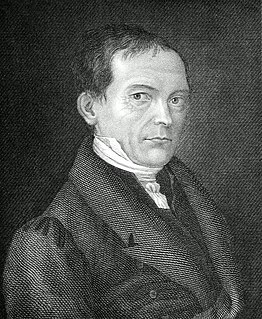
Wilhelm Martin Leberecht de Wette was a German theologian and biblical scholar.

Georg Friedrich Creuzer was a German philologist and archaeologist.

Erwin Rohde was one of the great German classical scholars of the 19th century.
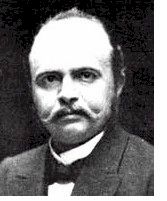
Hans Adolf Eduard Driesch was a German biologist and philosopher from Bad Kreuznach. He is most noted for his early experimental work in embryology and for his neo-vitalist philosophy of entelechy. He has also been credited with performing the first artificial 'cloning' of an animal in the 1880s, although this claim is dependent on how one defines cloning.
Jacob Fidelis Ackermann was a German professor of anatomy and surgery.

The first Wartburg Festival was a convention of about 500 Protestant German students, held on 18 October 1817 at the Wartburg castle near Eisenach in Thuringia. The former refuge of reformer Martin Luther was considered a national symbol and the assembly a protest against reactionary politics and Kleinstaaterei.
Christian Rudolph Wilhelm Wiedemann was a German physician, historian, naturalist and entomologist. He is best known for his studies of world Diptera, but he also studied Hymenoptera and Coleoptera, although far less expertly.
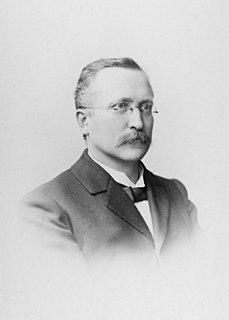
Wilhelm Roux was a German zoologist and pioneer of experimental embryology.

August Johann Georg Karl Batsch was a German naturalist. He was a recognised authority on mushrooms, and also described new species of ferns, bryophytes, and seed plants.

Justus Ferdinand Christian Loder was a German anatomist and surgeon who was a native of Riga.

Ludwig Diestel was a German Protestant theologian born in Königsberg.
Jena Romanticism is the first phase of Romanticism in German literature represented by the work of a group centred in Jena from about 1798 to 1804. The movement is considered to have contributed to the development of German idealism in late modern philosophy.
Jakob Monau, also known as Jacobus Monavius or Iacobus Monaw, was a polymath and leader of the Reformed Protestant faction after Johannes Crato von Krafftheim's death.
Gottfried Wilhelm Sacer was a German jurist, poet, satirist and Protestant hymn writer. He worked as an advocate at the court of Wolfenbüttel. Johann Sebastian Bach used a stanza from his hymn "Gott fähret auf gen Himmel" to conclude his Ascension Oratorio. Another hymn, Jesu, meines Glaubens Zier, appears in the 1736 Schemelli Gesangbuch in a setting attributed to Bach.
Christian Gottfried Schütz was a German classical scholar and humanist, known for his contributions in philosophy and philology, and for his work as an academic and literary editor and publisher.

Eduard Arnold Martin was a German obstetrician and gynecologist. He was the father of medic Carl Eduard Martin (1838-1907), philologist Ernst Eduard Martin (1841-1910) and obstetrician August Eduard Martin (1847-1933).
Friedrich Wilhelm Stein was a German theologian, conductor, musicologist and church musician. He found in an archive in Jena the score of the so-called Jena Symphony, which he published as possibly a work by the young Ludwig van Beethoven. After a long period in Kiel from 1919 to 1933, teaching at the Kiel University and as Generalmusikdirektor, he had a leading position in the Reichsmusikkammer of the Nazis in Berlin.
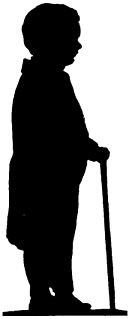
Johann Diederich Gries was a German poet and socialite during the Romantic period. His extensive list of friends and acquaintances included Goethe and Schiller. Viewed through the prism of intervening years, his most enduring contribution is as a translator.
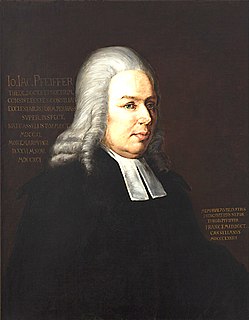
Johann Jakob Pfeiffer was a German evangelical theologian who taught at the University of Marburg.













